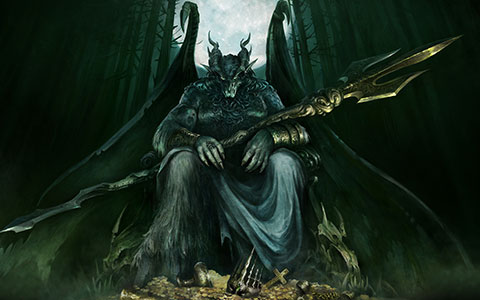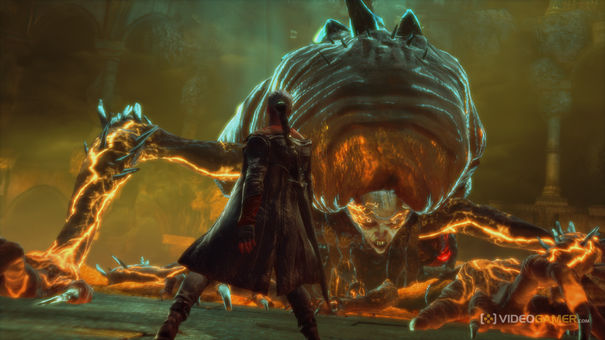Not every chess game ends with a clear winner; an opponent that declares checkmate. Occasionally a chess player will choose to resign to their opponent, which is essentially surrendering. These players believe that there is "no longer any hope", and award the win to their opponent. In chess tournaments, wins will receive a single point. However, when white wins it is recorded as 1-0 and when black wins it is recorded as 0-1.
Between evenly matched opponents, chess games will often end in draws. Essentially, a draw is a game in which nobody wins. In tournaments, draws are recorded as •½ - •½, basically half a point rather than a full point for a win. There are six kinds of draws to discuss briefly.
Draws by agreement are perhaps the most common in chess. At any time in the game, you can offer a draw to your opponent. However, be mindful, and of good etiquette. Don't offer a draw on every move, for this is considered very rude. And be sure to offer the draw correctly: make your move, offer the draw, and only then press your clock (assuming that you are using a chess clock). An offer of a draw without making a move is not a legal offer and can be ignored.
In a famous grandmaster game, the opponents drew the game rather quickly. This game was famous because the Grandmaster Tal already had 12 points in the 1960 World Championship Match. The draw resulted in his crowning of a new world chess champion! Grandmaster Tal had steered the game into a position in which Grandmaster Black has no meaningful chances to win. Tal rather large lead also played an effect in the match.
Another type of draw is known as a stalemate. In a chess game, each side must move. Stalemates occur if the opponent (or yourself) is not in check and must move one of his/her pieces. However, there is a twist to this: if the player has no legal move, the game ends as a draw, referred to as a stalemate.
There are multiple stalemate situations that are quite common. Here's an example of a king and a pawn. At the end of the game, the opposing king is not in check, is trapped in a corner, with a queen surrounding all possible moves for the king. Many examples are much more complicated and can be quite exciting.
Draws by perpetual check occur when one player, usually, though not always with a queen, can deliver check regardless of the square chosen by the opponent's king. There's simply no escape from the checks.
Threefold repetition is when you or your opponent claim a draw if the same position occurs three times in the same game, all with the same player to move. Such repetitions can easily occur in endgames when one player is checking another. To claim such a draw, you need to have an accurate score sheet and demonstrate to the tournament director that the claim is valid. In one game between Fischer and Spassky, Fischer incorrectly claimed such a draw but Spassky, sure that Fischer must have been correct, agreed to the draw!
If neither side has sufficient material to win, either player can claim a draw. For example, suppose that each side has a king and a bishop. Try as you will, there's no way to force a win. You can win force checkmate with a king plus a bishop and a knight, but there is no way to force checkmate with a king and two knights.
This last rule is rather harsh. If after 50 consecutive moves by both players, no pawn moves or captures have occurred, either player can claim a draw. Obviously, you will need to have kept an accurate score sheet to make this claim!






 Minecraft Mod Examination: The BigTrees Mod
Minecraft Mod Examination: The BigTrees Mod L.A. Noire The Black Caesar Guide
L.A. Noire The Black Caesar Guide Walkthrough Fallout Shelter
Walkthrough Fallout Shelter Assassin’s Creed IV: Black Flag – Money Making Guide
Assassin’s Creed IV: Black Flag – Money Making Guide The Retail Games of 2015: Part 2
The Retail Games of 2015: Part 2